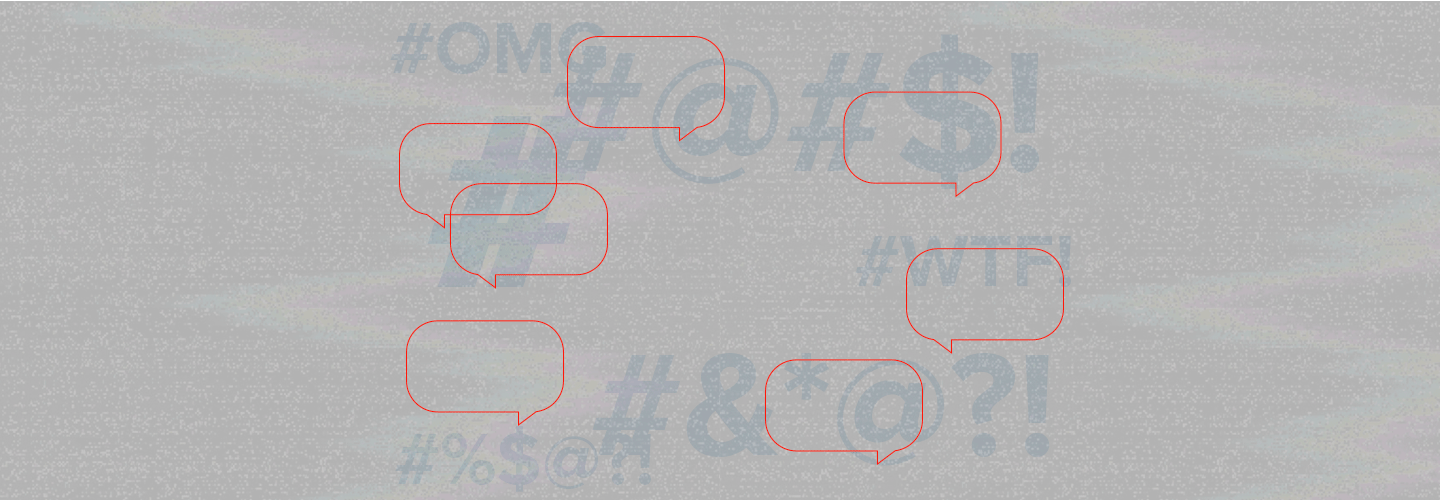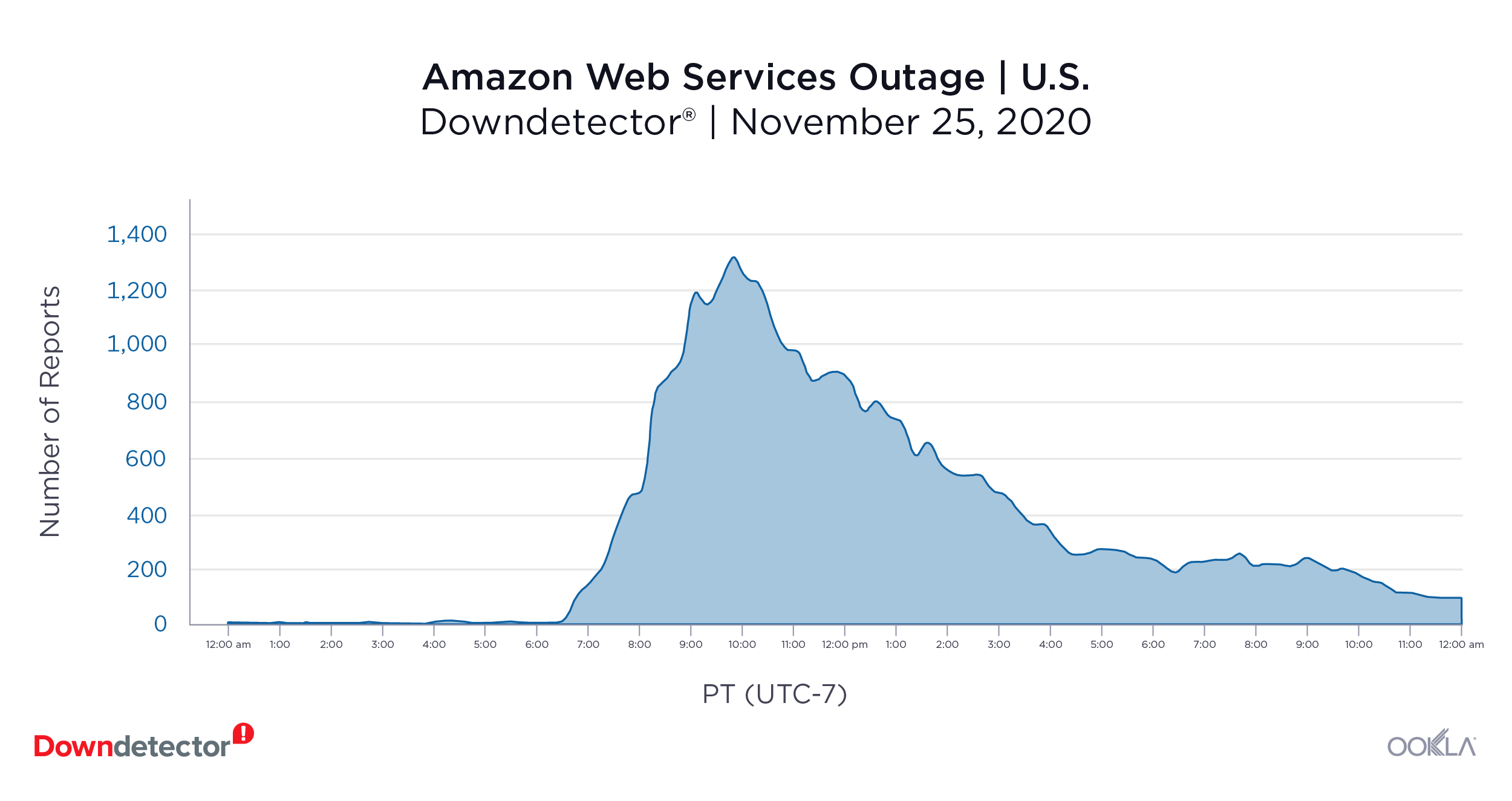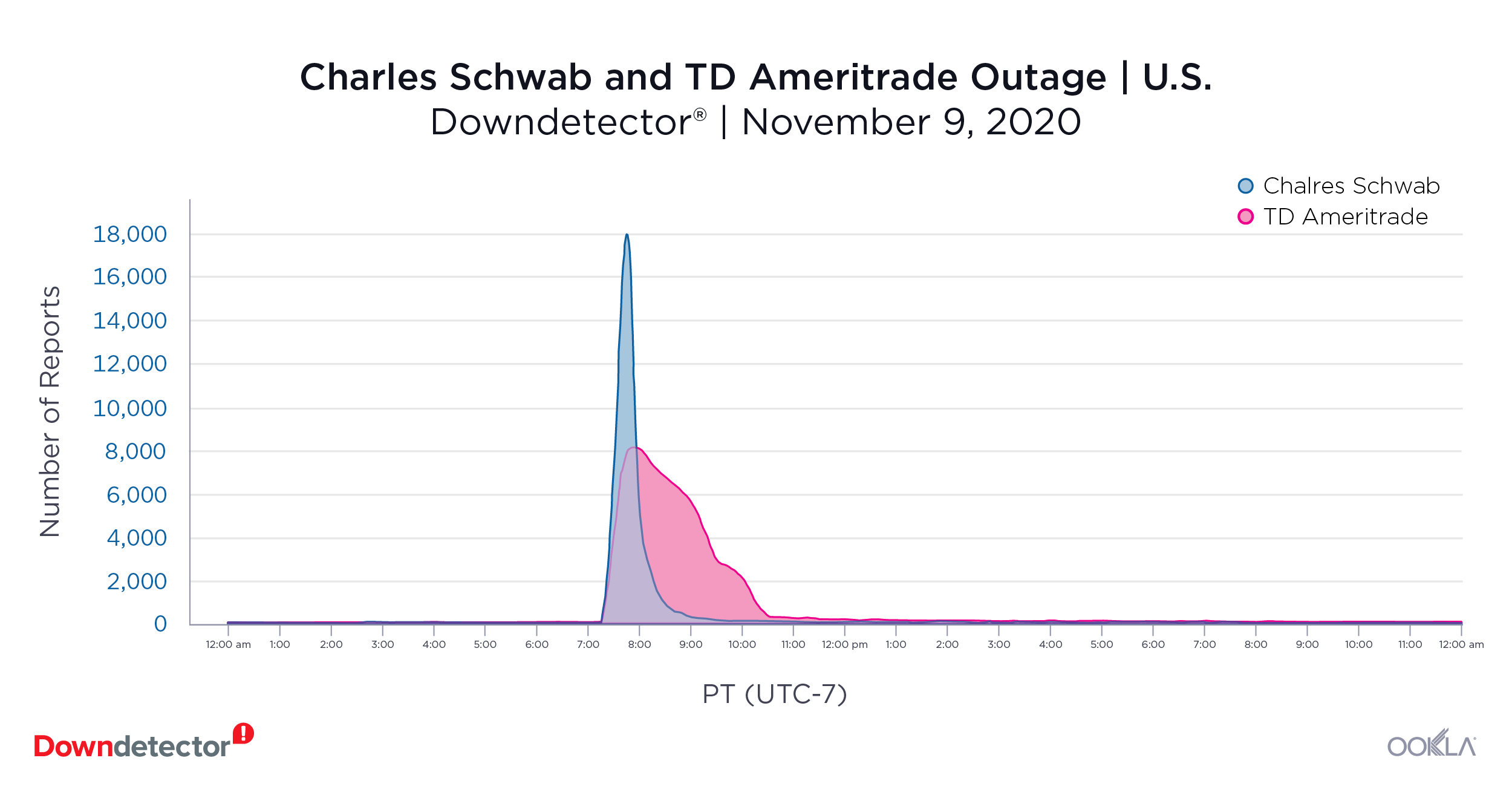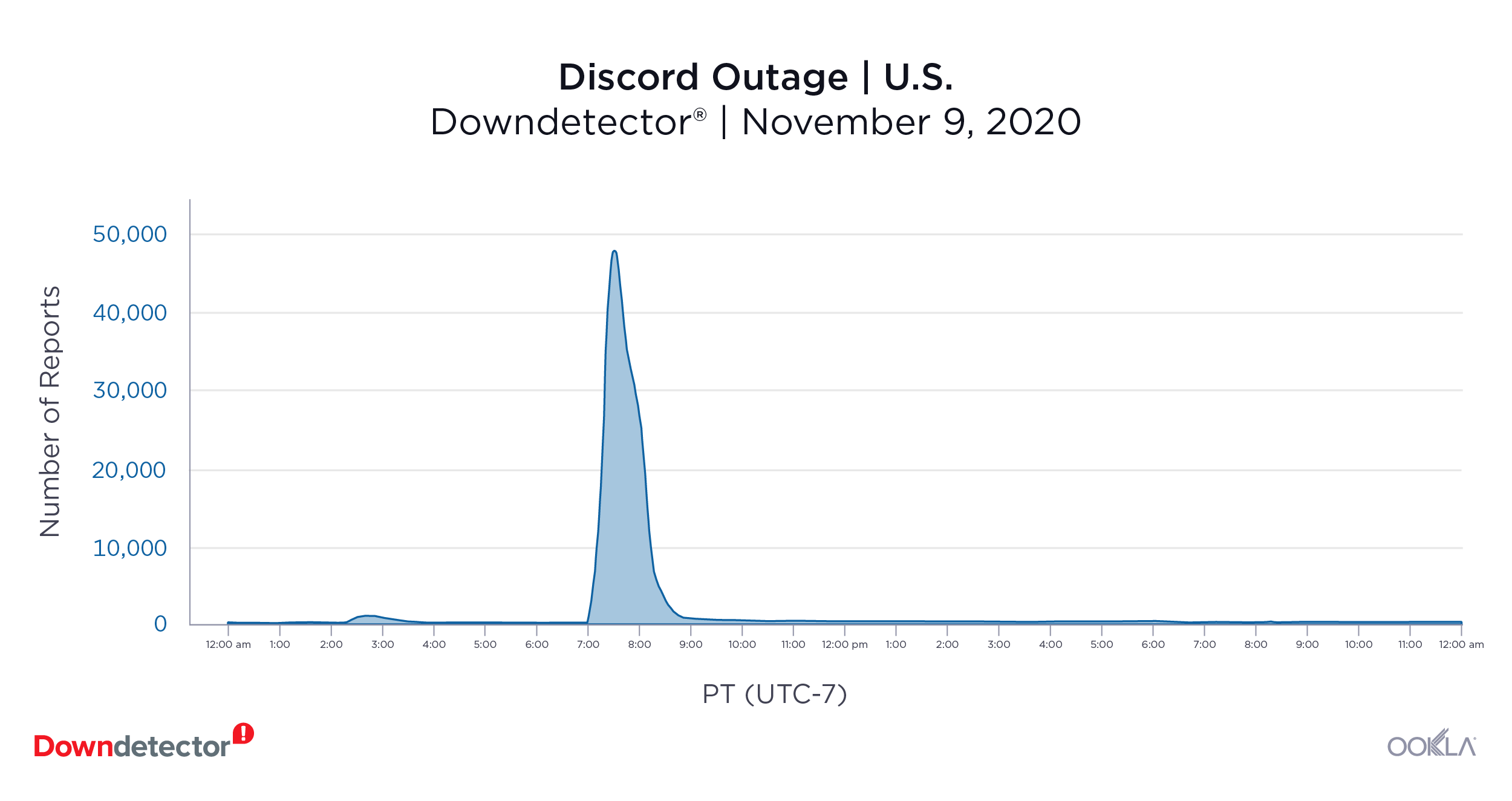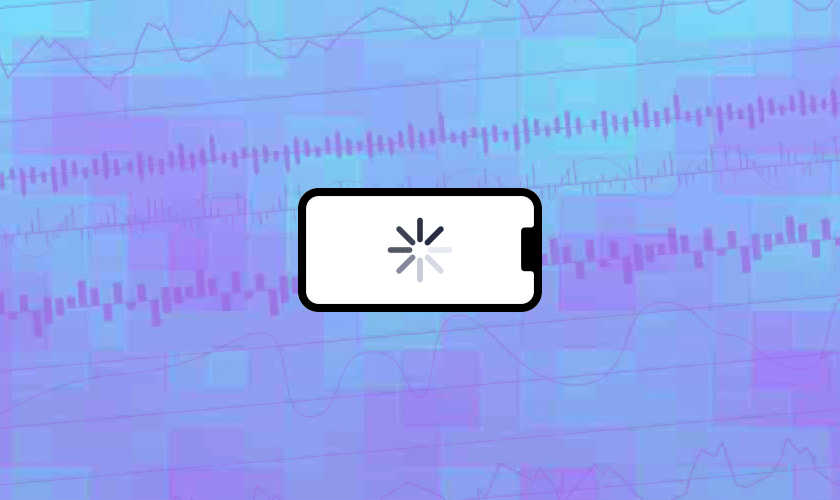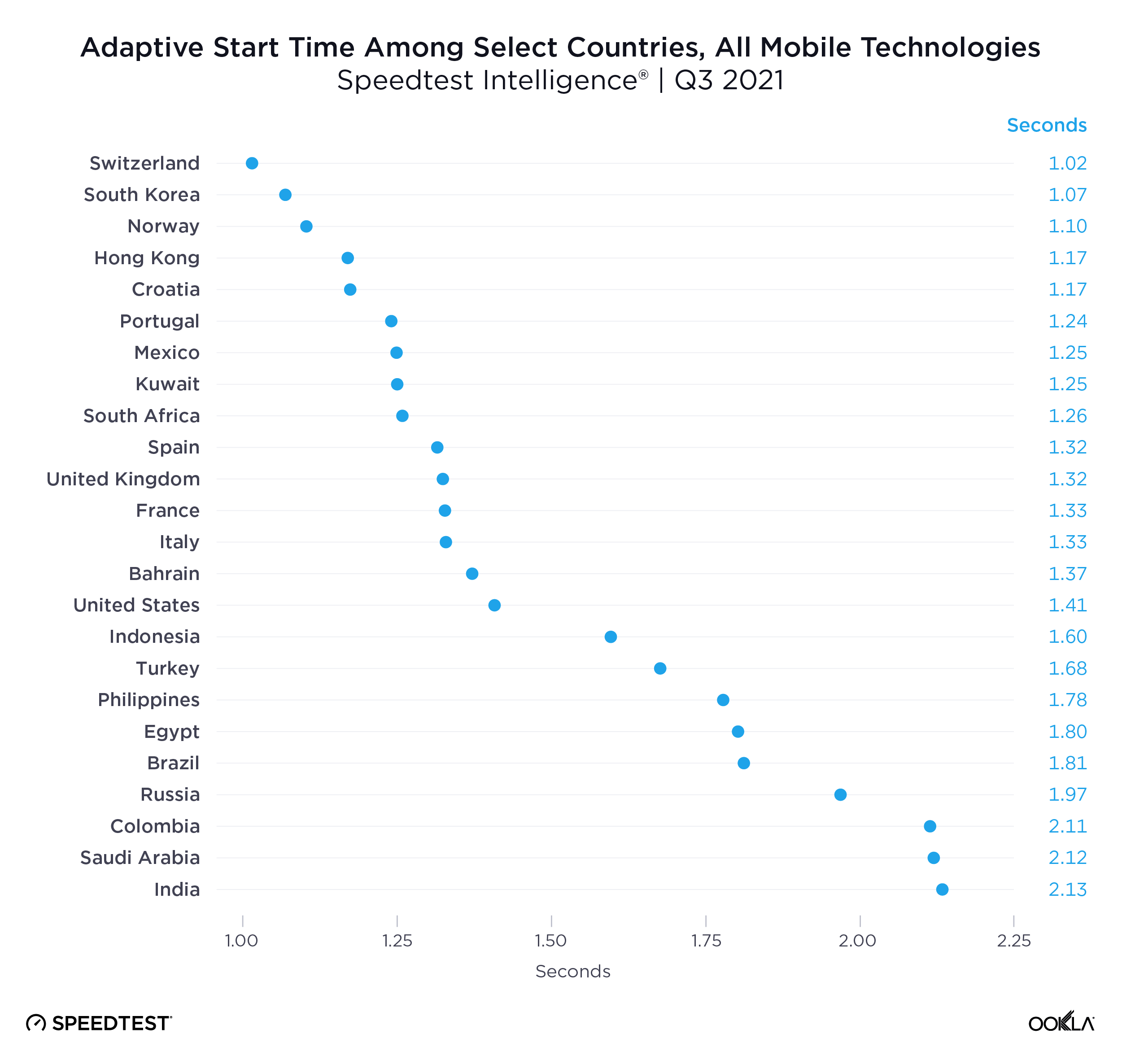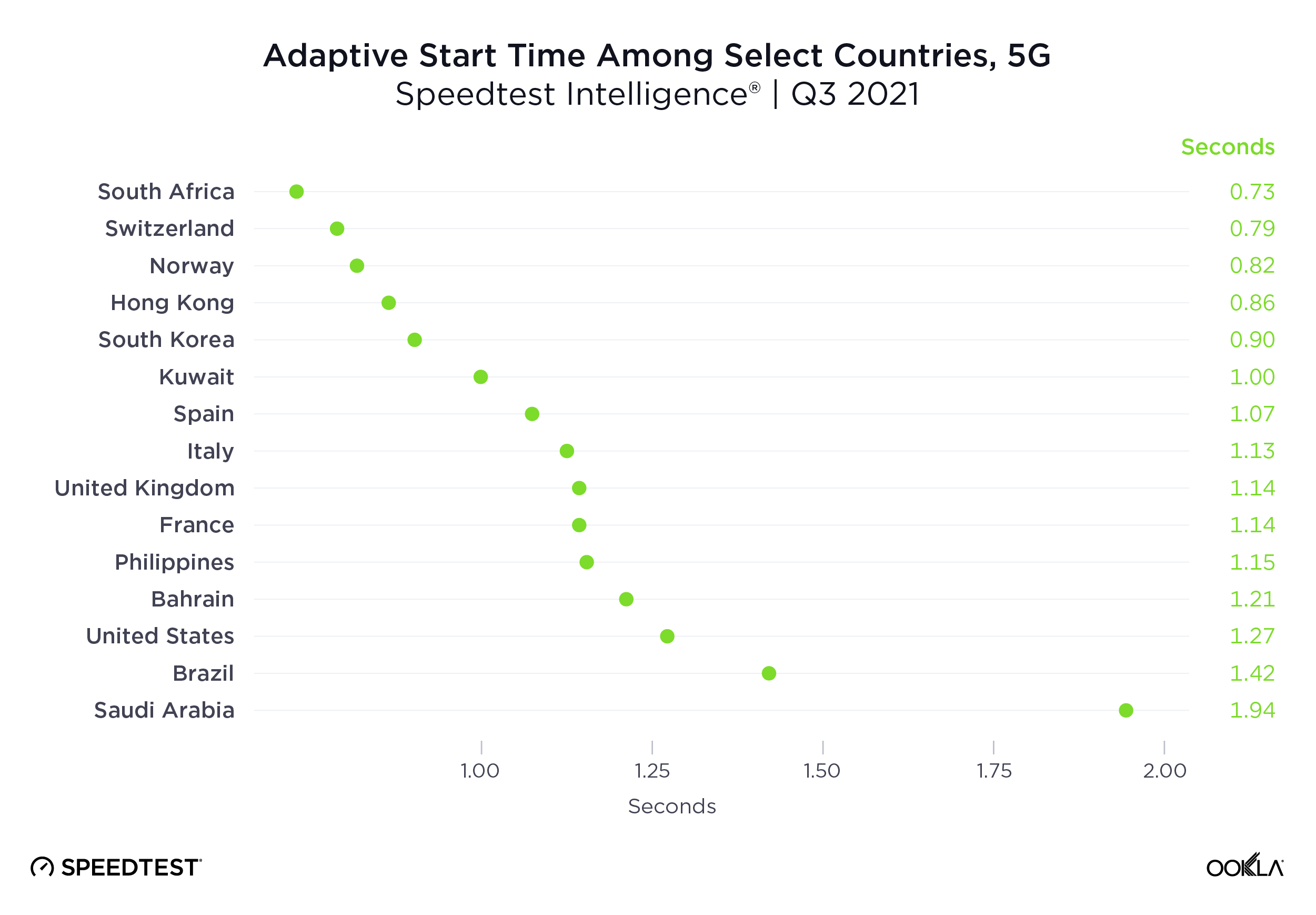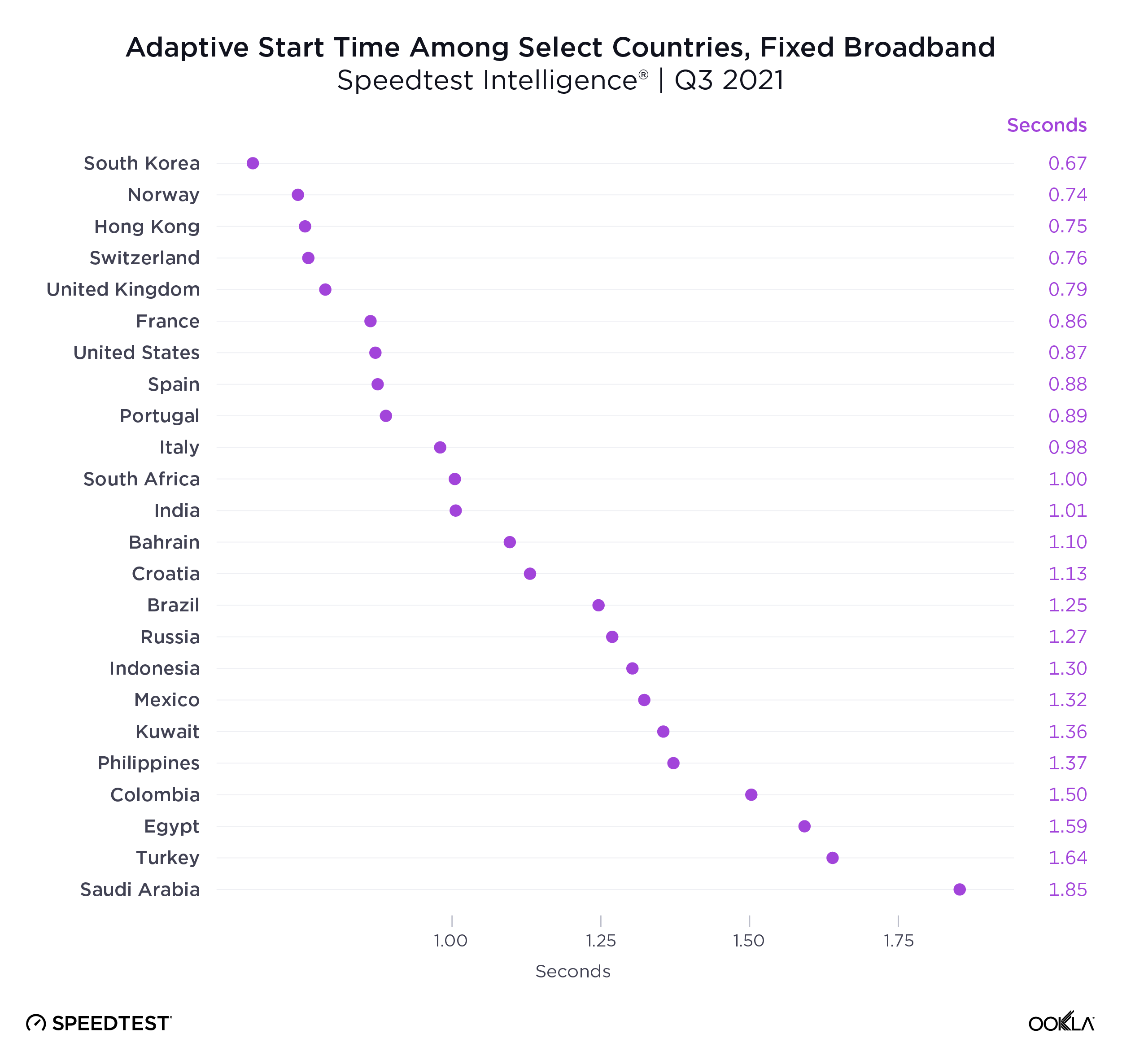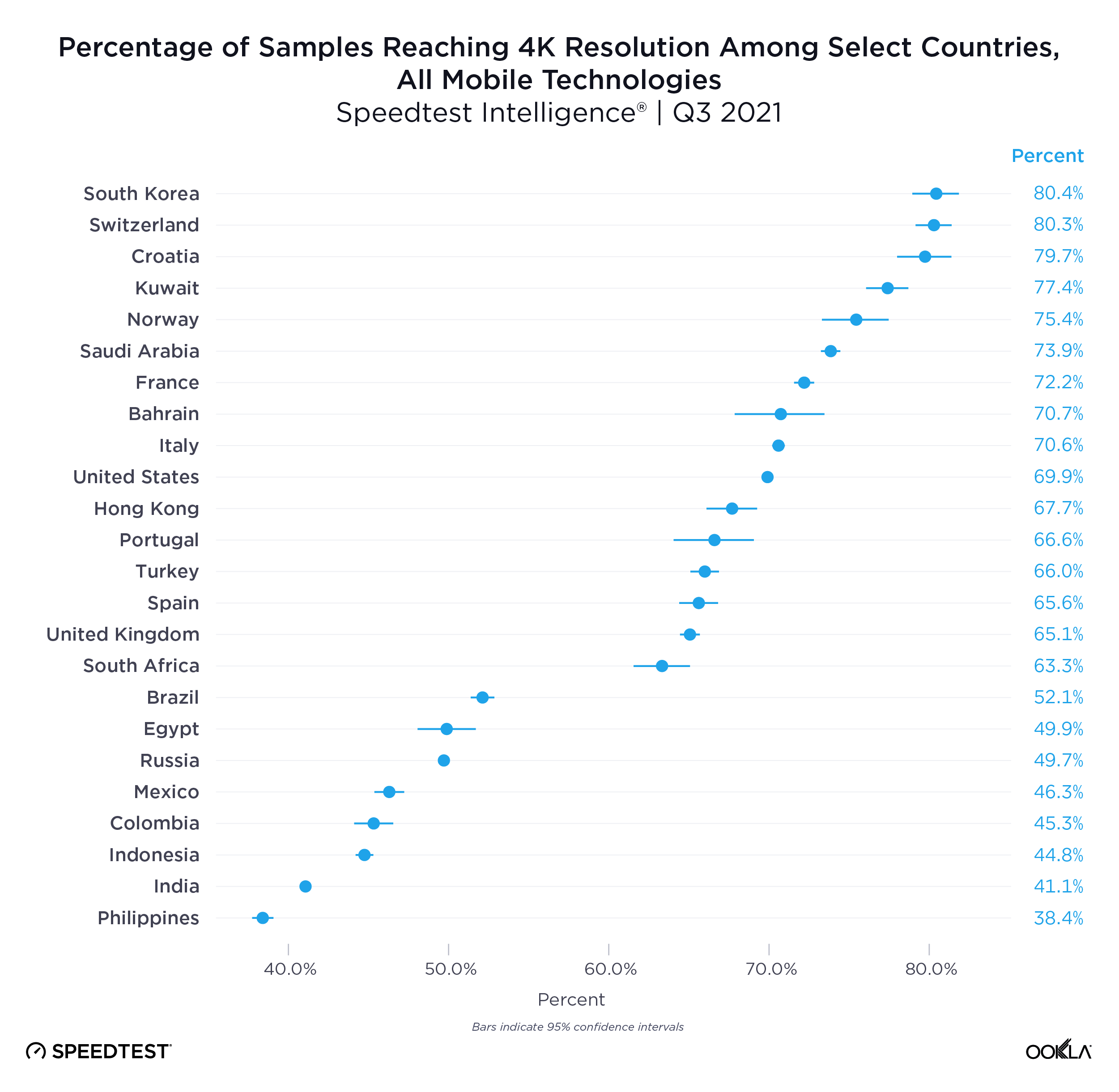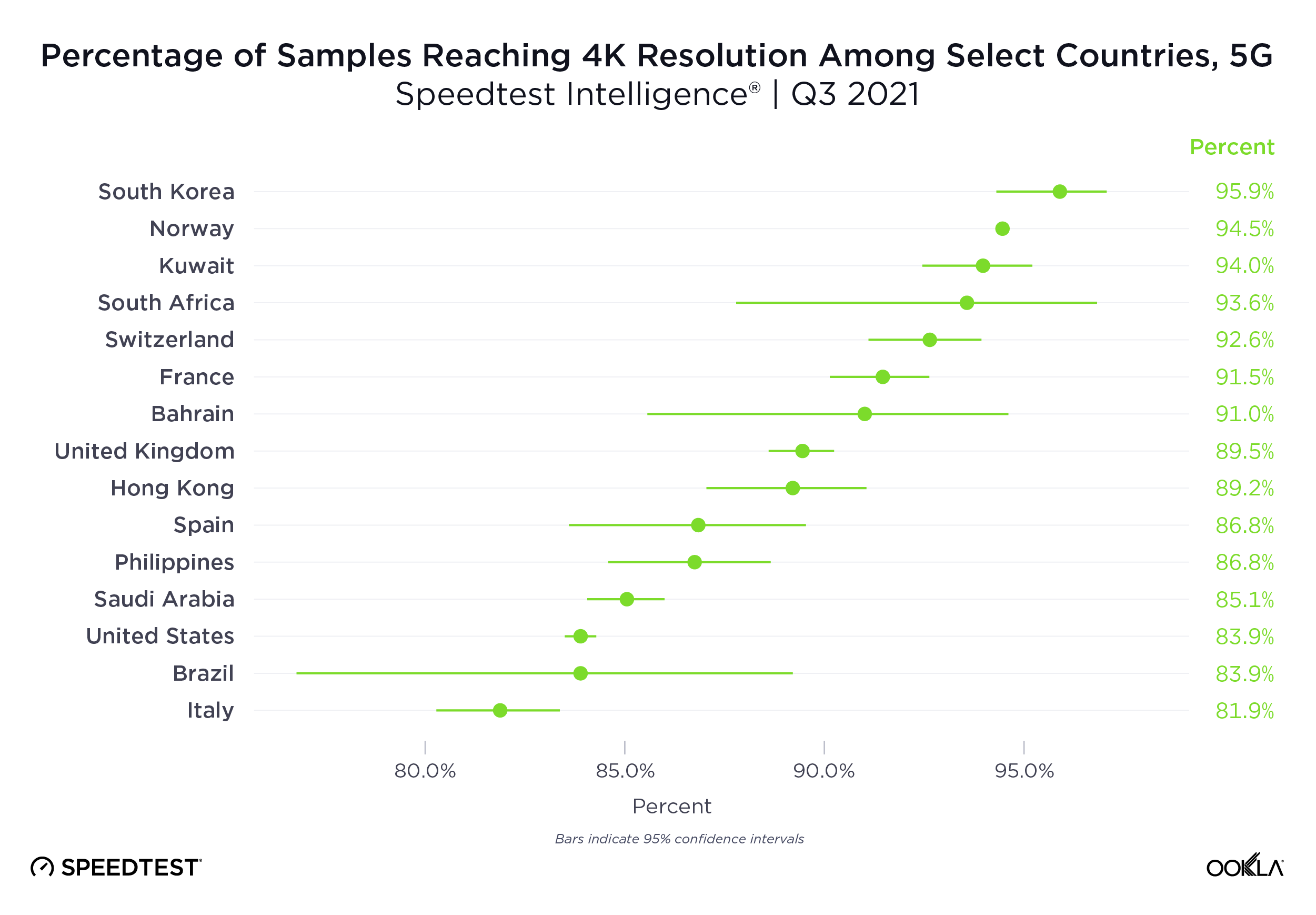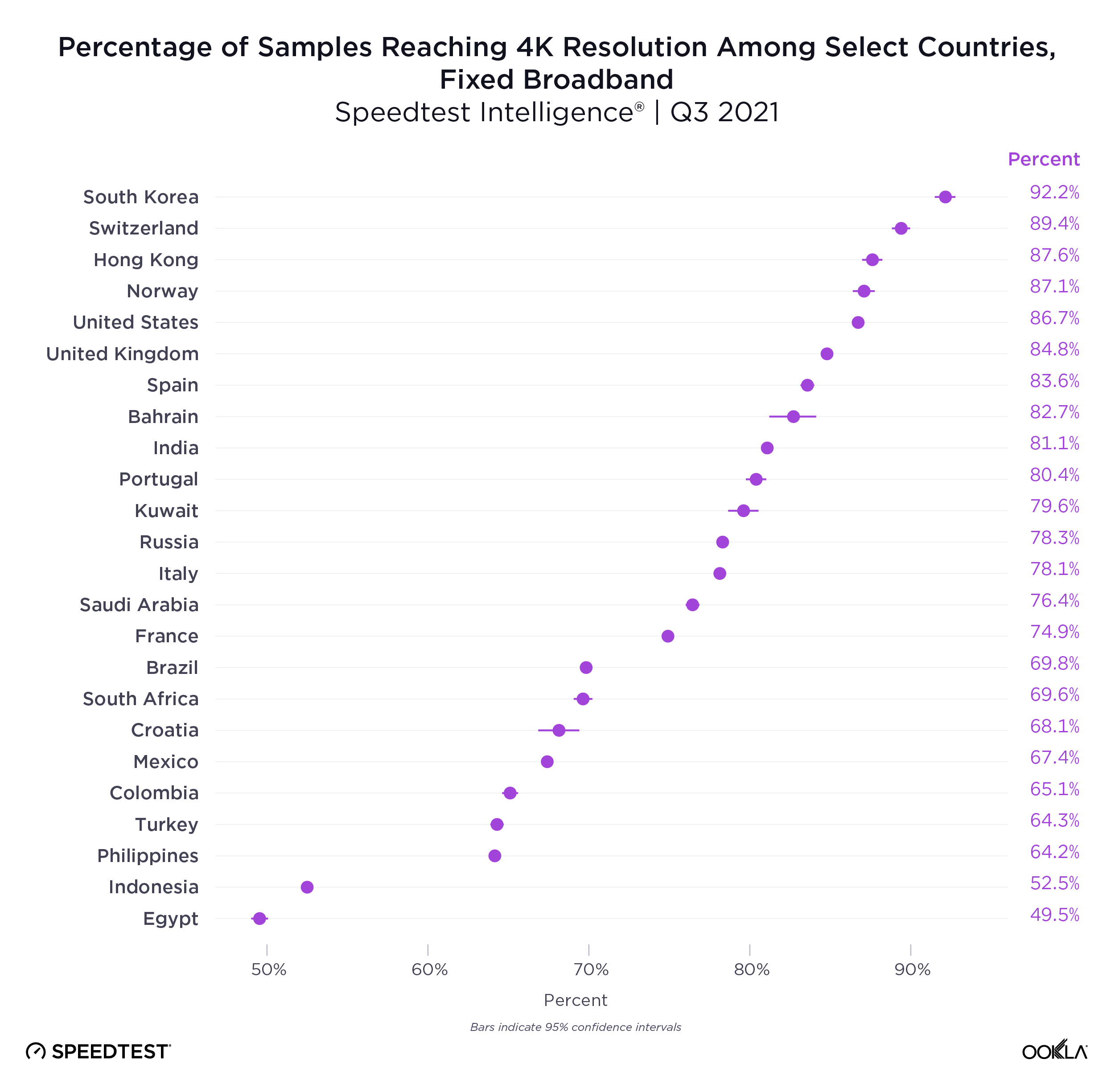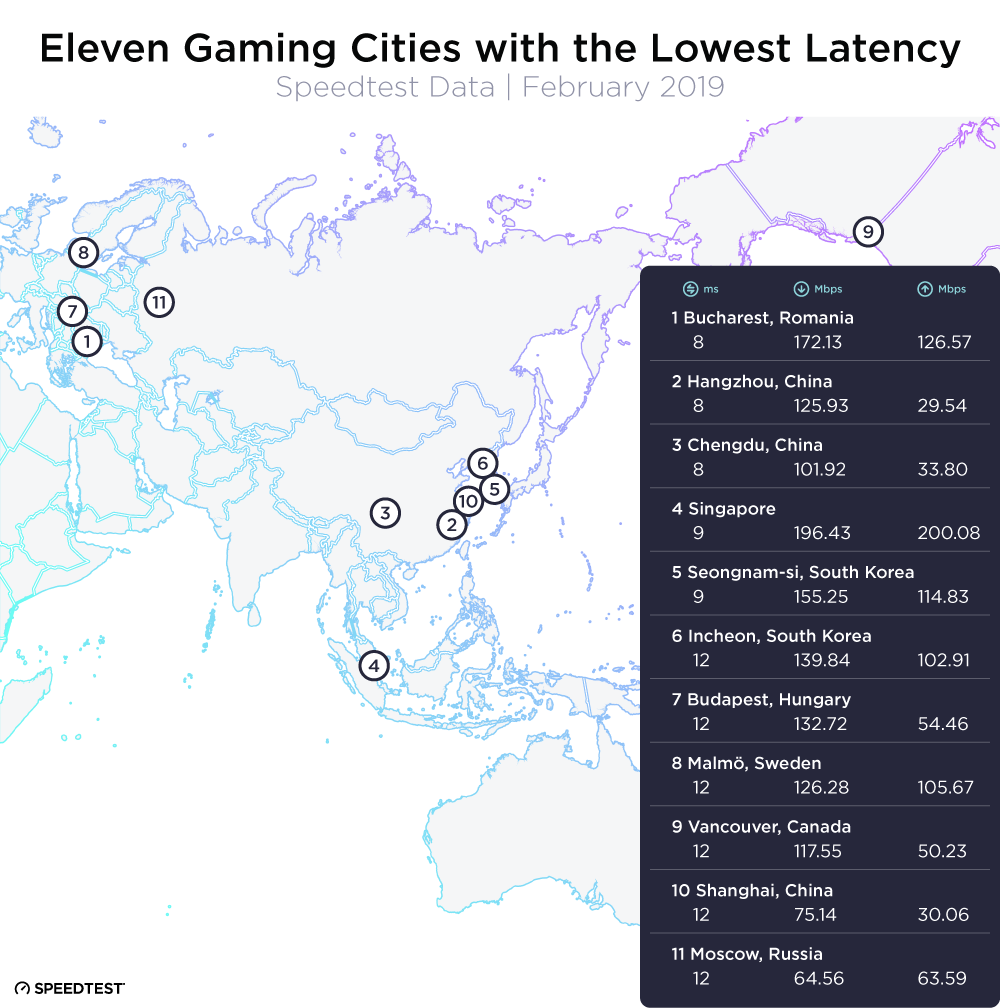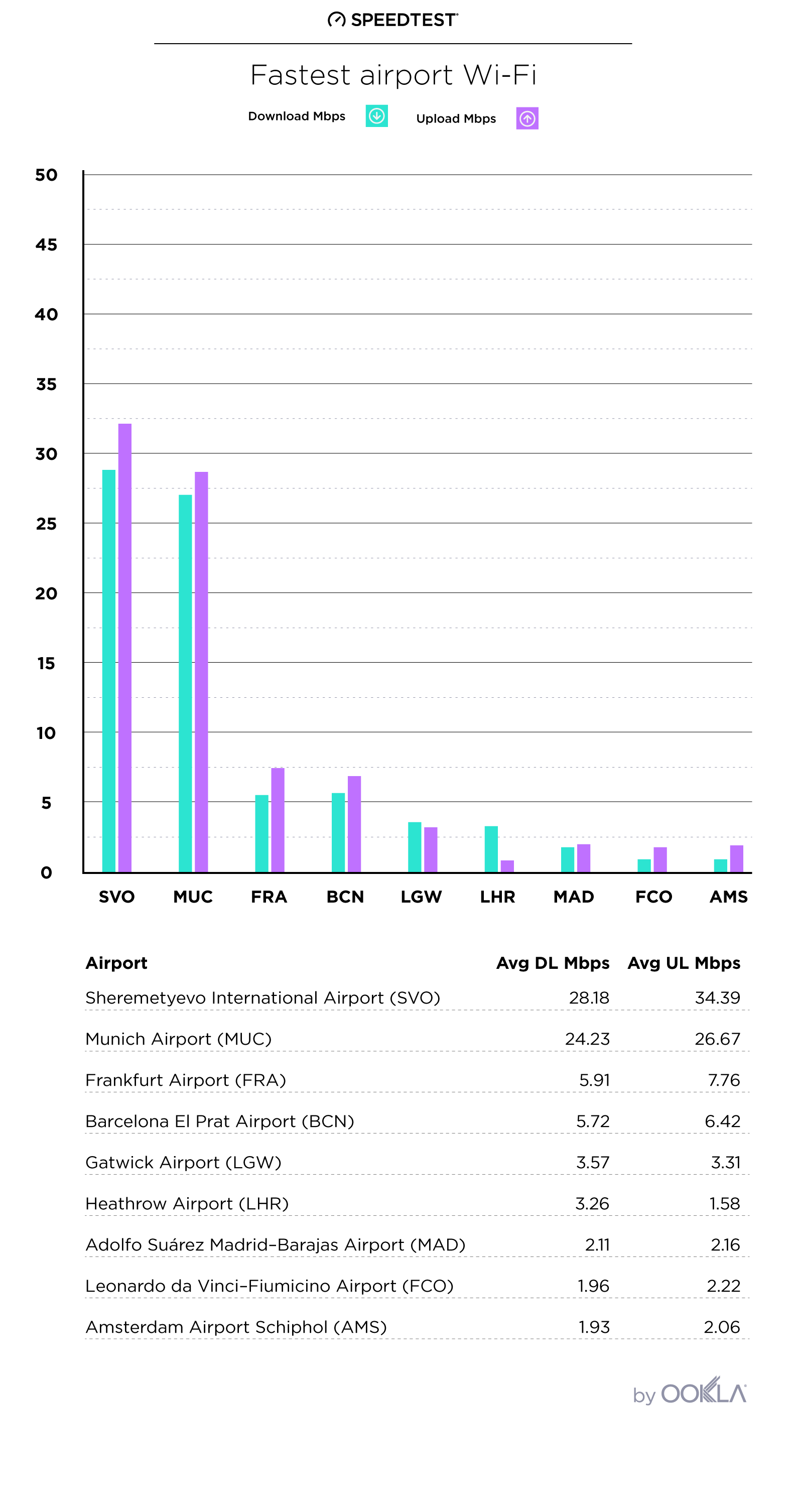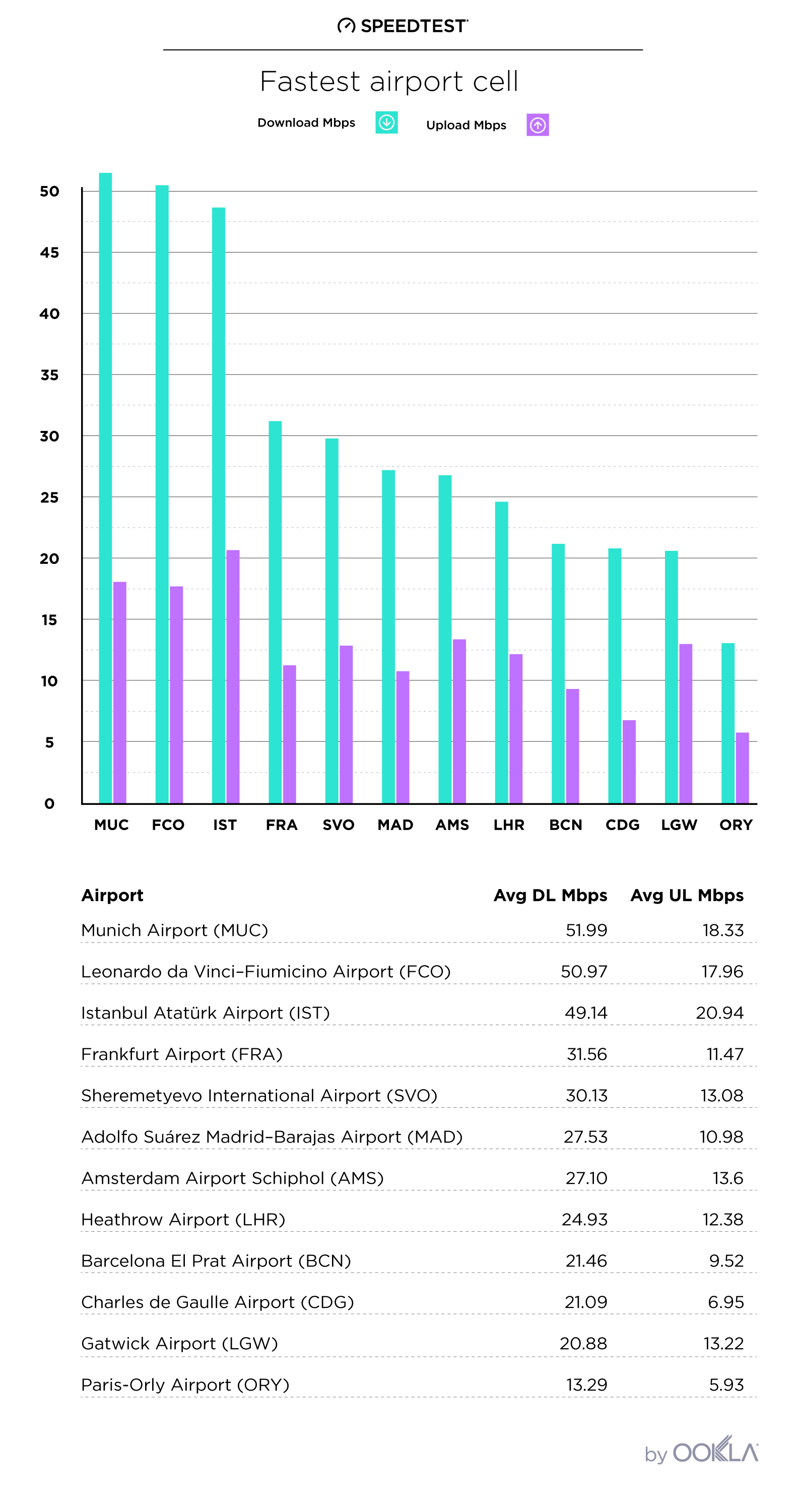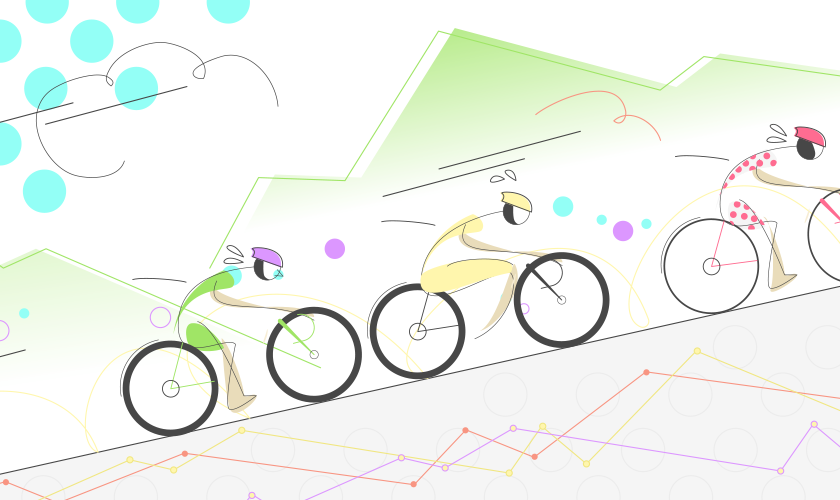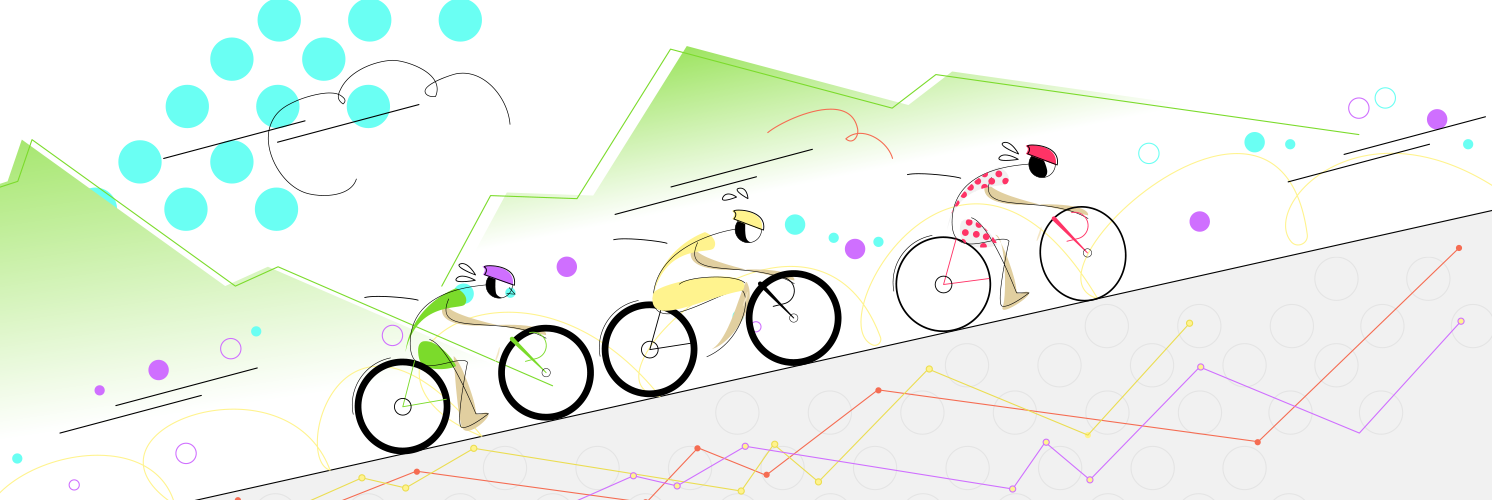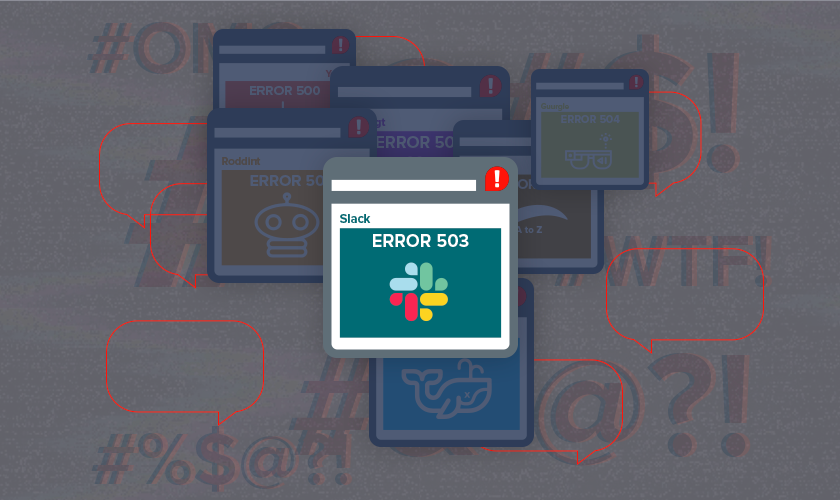

читать по русски
Fixed broadband speeds are on the rise in Russia with a 36.9% increase in download speed during the past year and the country ranked 51st in the world for fixed broadband speed as of April 2021, according to the Speedtest Global Index™. Internet performance in Russia varies greatly at the oblast and city level with a clear trend of decreased performance in less populated areas. This article explores the state of Russia’s fixed broadband network performance, including data on: internet speeds, consistency and customer sentiment around providers.

Download speeds for Russian providers varied greatly in Q1 2021, with MTS showing the fastest median download and upload speeds at 71.97 Mbps and 79.13 Mbps, respectively. This put MTS slightly faster than Dom.ru who had a median download speed of 66.52 Mbps and median upload speed of 73.70 Mbps. Next was Beeline who had a median download speed of 57.29 Mbps and a median upload speed of 65.18 Mbps. The slowest two providers across Russia were Rostelecom and TTK with download speeds of 50.11 Mbps and 45.52 Mbps, and upload speeds of 55.17 Mbps and 54.36 Mbps, respectively.
Speedtest Consumer Sentiment™ data provides rich insights into customer satisfaction over time, as well as competitive benchmarking, by providing data on customers’ overall satisfaction with their network providers (based on a five-star scale). This data set is gathered from single-question surveys presented to users at the end of a Speedtest. Dom.ru received the highest rating during Q1 2021 at 3.3 stars and MTS coming in close behind at 3.0. Beeline, Rosetelecom and TTK were within .1 stars of each other with five-star ratings of 2.9, 2.8, and 2.8, respectively. While there was no statistical winner for most consistent internet experience amongst telecommunication providers Dom.ru had a score of 79.6%, MTS a score of 78.8%, Beeline a score of 77.1%, TTK a score of 70.7%, and Rostelecom a score of 67.8%.
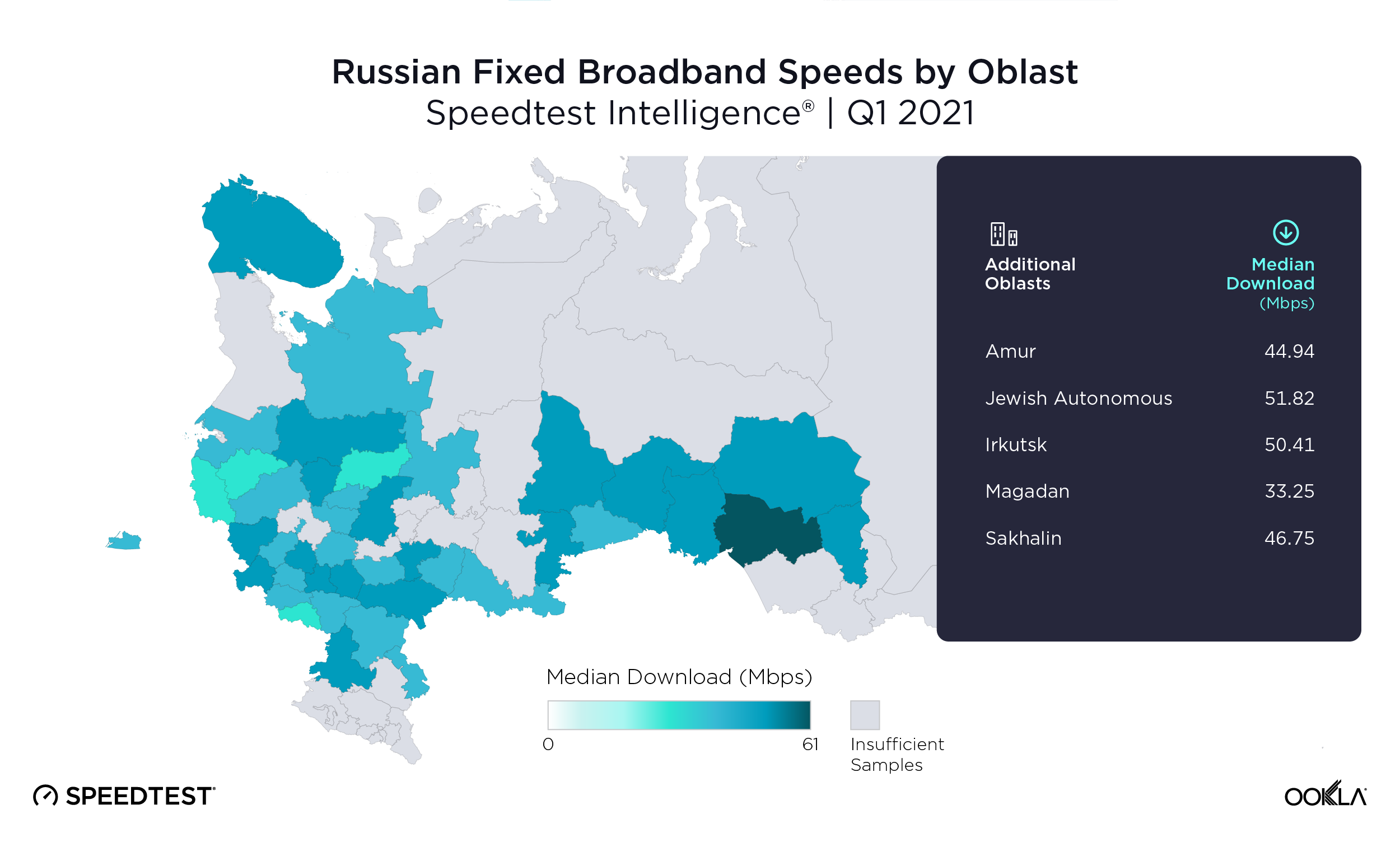
Median fixed broadband speeds varied widely between oblasts in Q1 2021, with median download speeds between 33.25 Mbps and 60.93 Mbps. Novosibirsk Oblast was the fastest with a median download speed of 60.93 Mbps. Murmansk Oblast, Kemerovo Oblast and Tomsk Oblast were close behind with median download speeds of 59.32 Mbps, 59.31 Mbp, and 59.01 Mbps, respectively. The Oblast of Chelyabinsk had a median download speed of 58.61 Mbps, Bryansk 57.80 Mbps and Lipetsk 57.38 Mbps. The eighth, ninth and tenth best performing oblasts were Sverdlovsk Oblast at 55.59 Mbps, Nizhny Novgorod Oblast at 53.41 Mbps, and Tula Oblast at 52.70 Mbps.
The slowest oblast was Magadan with a median download speed of 33.25 Mbps during Q1 2021, 45.4% slower than that in Novosibirsk Oblast. Kostroma Oblast, Belgorod Oblast, Pskov Oblast and Novgorod Oblast experienced median download speeds of 36.05 Mbps, 36.77 Mbps, 36.85 Mbps and 39.43 Mbps, respectively. Arkhangelsk was the sixth slowest oblast with a median download speed of 44.11 Mbps, followed by Amur Oblast with a speed of 44.94 Mbps, and Kaliningrad Oblast with a median speed of 45.31 Mbps. Penza, Kurgan and Leningrad oblasts came within 0.14 Mbps of each other with median download speeds of 46.00 Mbps, 46.10 Mbps, and 46.14 Mbps, respectively.
Moscow had the fastest fixed broadband in Q1 2021
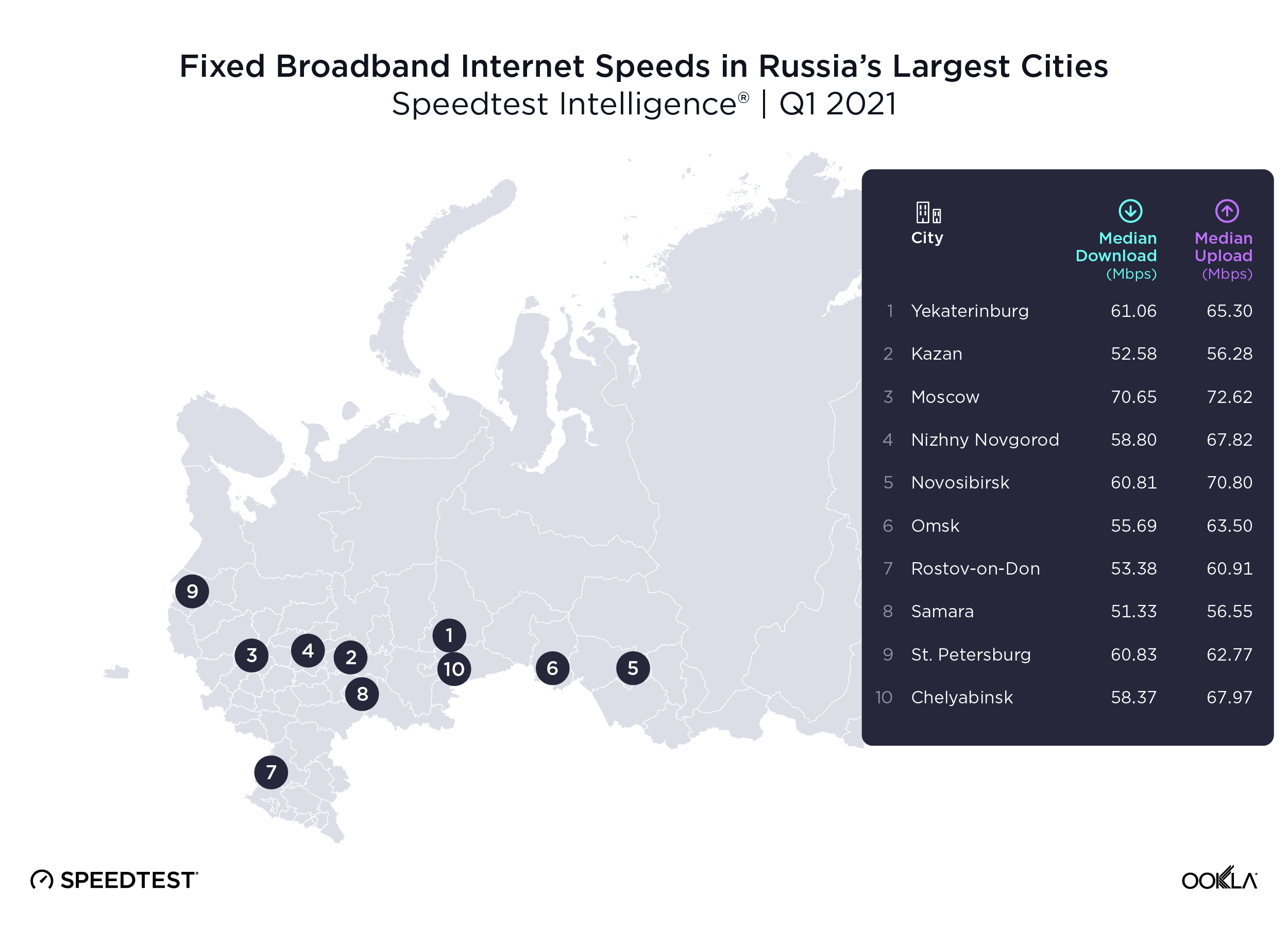
Looking at the 10 most populous cities in Russia, we found that Moscow had the fastest median download speed in Q1 2021 with 70.65 Mbps. Yekaterinburg, St. Petersburg and Novosibirsk were within 1 Mbps of each other with median downloads speeds of 61.06 Mbps, 60.83 Mbps and 60.81 Mbps, respectively. Nizhny Novgorod had median download speeds of 58.80 Mbps and Chelyabinsk 58.37 Mbps. The three cities with the slowest median download speeds were Rostov-on-Don, Kazan and Samara at 53.38 Mbps, 52.58 Mbps and 51.33 Mbps, respectively. Moscow achieved a 37.6% faster download speed than Samara.
City rankings by fixed broadband upload speeds were somewhat similar to what we saw for median download speeds with Moscow being the fastest again with a median upload speed of 72.62 Mbps. Novosibirsk came in second for upload speed at 70.80 Mbps. Chelyabinsk and Nizhny Novgorod came within 0.2 Mbps of each other measuring upload speeds of 67.97 Mbps and 67.82 Mbps, respectively, while Yekaterinburg came in at 65.30 Mbps and Omsk at 63.50 Mbps. St. Petersburg was seventh at 62.77 Mbps, Rostov-on-Don eighth at 60.91 Mbps, Samara ninth at 56.55 Mbps and Kazan last at 56.28 Mbps.
Fastest and most consistent provider varies by city

MTS was the internet service provider with the fastest median download speed in Moscow during Q1 2021 at 106.52 Mbps. Rostelecom was the fastest provider in Chelyabinsk (65.21 Mbps) and St. Petersburg (77.00 Mbps). Ufanet was the fastest provider in Kazan (87.33 Mbps) and Dom.ru was fastest in Rostov-on-Don (72.62 Mbps) and Samara (66.27 Mbps). Performance was too close to call a fastest provider in Nizhny Novgorod, Novosibirsk, Omsk and Yekaterinburg.
The provider with the highest Consistency Score™ — the percentage of a provider’s data samples that meet a 25 Mbps minimum download speed and 3 Mbps minimum upload speed — also varied across the largest Russian cities. MTS had the highest Consistency Score in Moscow (82.9%) and Novosibirsk (81.5%). Dom.ru had the highest Consistency Score in Samara (80.5%) and Yekaterinburg (80.8%). InterSvayz led the way in Consistency Score for Chelyabinsk (79.0%), while Ufanet had the highest Consistency Score in Kazan (84.5%).
We also used Consumer Sentiment data to analyze how users perceive their internet service providers. This data shows how consumers rated operators in each city on a 5-star scale. In St. Petersburg, Obit received the highest rating with 3.7 stars, while in Yekaterinburg, Planet received a rating of 3.6 stars. In Chelyabinsk, Moscow, Novosibirsk and Omsk there were no statistical winners for ratings, however the providers with ratings on the higher end were as follows: Dom.ru (3.3 stars) and InterSvyaz (3.2 stars) in Chelyabinsk; MTS (3.4 stars and WiFire (3.4 stars) in Moscow; Novotelecom (3.3 stars) and SiberiaNet (3.3 stars) in Novosibirsk; and Dom.ru (3.0 stars) and Omsk Cable Net (3.0 stars) in Omsk. We have not reported ratings data from Kazan, Nizhny Novgorod, Rostov-on-Don or Samara because there were too few samples in those cities.
We’ll continue to follow Russia’s fixed broadband performance and consumer sentiment data to see how performance and satisfaction change over time. If you’d like to learn more about internet speeds in Russia and other markets around the world, click here to read more insights from Ookla®.
Анализ скорости фиксированного широкополосного доступа в Интернет в России
Скорость фиксированного широкополосного доступа в России растет: за последний год скорость загрузки увеличилась на 36,9%. По состоянию на апрель 2021 года страна занимает 51 место по скорости фиксированного широкополосного доступа согласно данным Speedtest Global Index™. Скорость Интернета в России значительно отличается в зависимости от области и города с явной тенденцией к снижению в менее населенных районах. В этой статье исследуется состояние скорости фиксированного широкополосного доступа в Интернет в России, в том числе анализируются данные о скорости Интернета, стабильности и настроениях потребителей в отношении провайдеров.
МТС лидирует по показателям фиксированного широкополосного доступа в Интернет в России
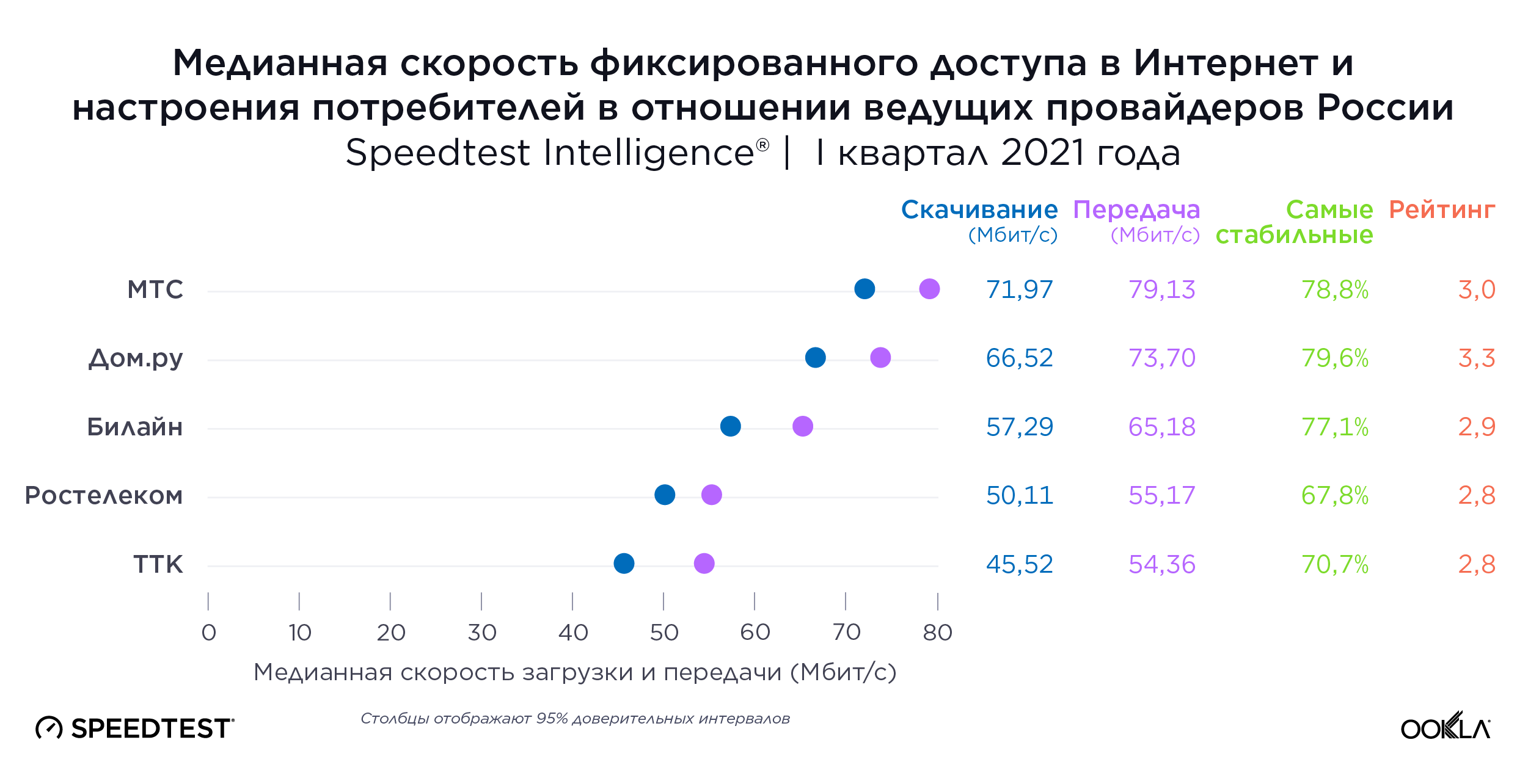
В I квартале 2021 года скорость загрузки у российских провайдеров значительно различалась, при этом МТС показала самые высокие медианные скорости загрузки и передачи — 71,97 Мбит/с и 79,13 Мбит/с соответственно. Таким образом, скорость МТС оказалась выше, чем у «Дом.ру», чья медианная скорость загрузки составила 66,52 Мбит/с, а передачи — 73,70 Мбит/с. Следующей была компания «Билайн» со средней скоростью загрузки 57,29 Мбит/с и средней скоростью передачи 65,18 Мбит/с. Двумя самыми медленными провайдерами в России оказались «Ростелеком» и ТТК со скоростью загрузки 50,11 Мбит/с и 45,52 Мбит/с, а скоростью передачи — 55,17 Мбит/с и 54,36 Мбит/с соответственно.
Данные Speedtest Consumer Sentiment™ предоставляют подробные сведения об удовлетворенности клиентов с течением времени, а также сравнительный анализ конкурентов, за счет данных об общей удовлетворенности клиентов своими сетевыми провайдерами (по пятибалльной шкале). Этот набор данных, собранных в ходе опросов, состоящих из одного вопроса, задаваемого пользователям в конце Speedtest. Компания «Дом.ру» получила наивысший рейтинг за І квартал 2021 года — 3,3 балла, на втором месте МТС — 3,0 балла. «Билайн», «Ростелеком» и ТТК оказались в пределах 0,1 балла друг от друга с результатами 2,9, 2,8 и 2,8 баллов по пятибалльной шкале соответственно. Хотя среди провайдеров услуг связи не было статистического победителя по наиболее стабильной работе, компания «Дом.ру» получила оценку 79,6%, МТС —78,8%, «Билайн» — 77,1%, ТТК — 70,7%, а «Ростелеком» — 67,8%.
Самая высокая медианная скорость загрузки была в Новосибирской области, а самая низкая — в Магаданской области составляла на 45,4% меньше
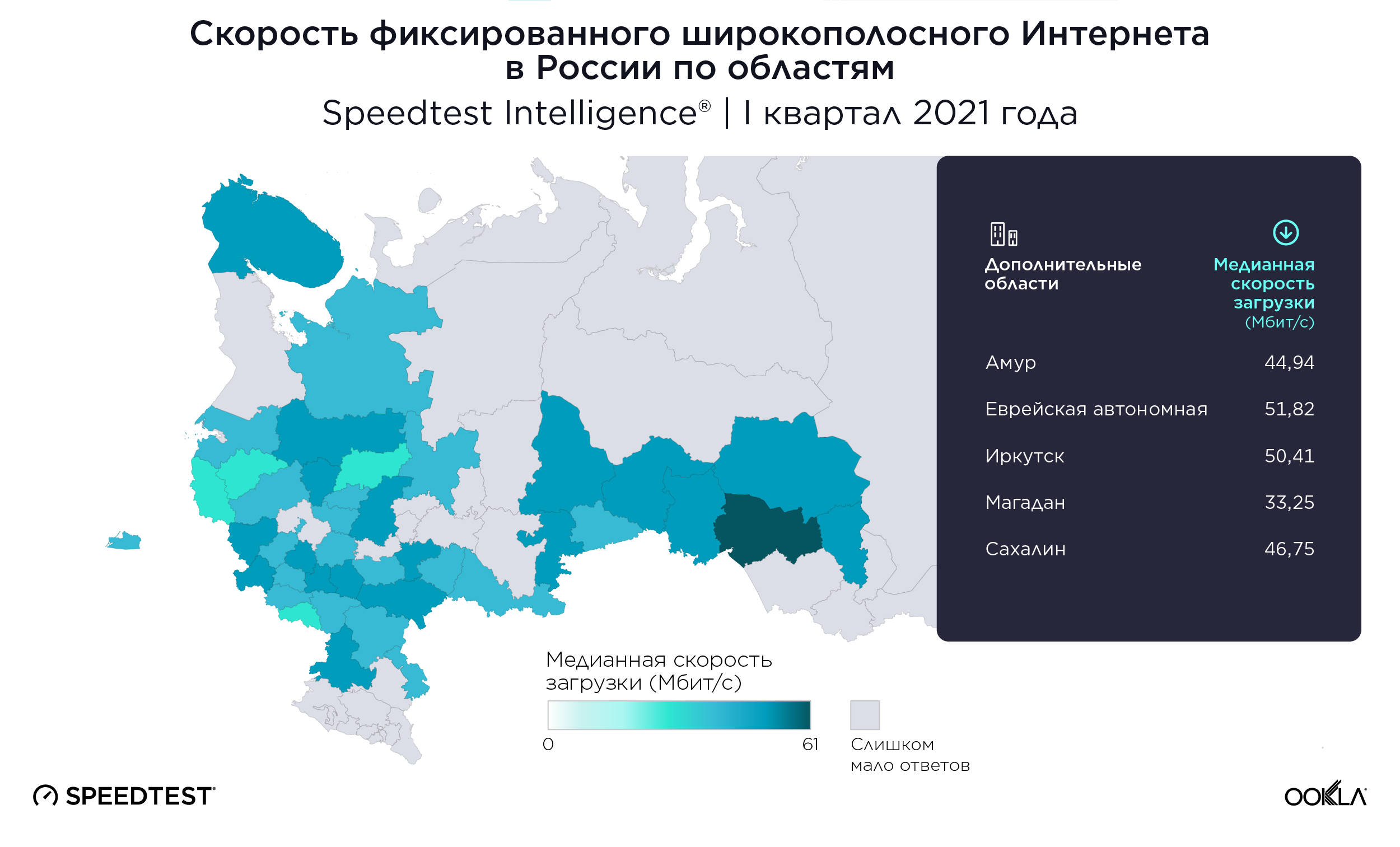
В I квартале 2021 года медианные скорости фиксированного широкополосного доступа широко варьировались между областями, при этом медианная скорость загрузки составляла от 33,25 Мбит/с до 60,93 Мбит/с. В Новосибирской области наблюдалась самая высокая медианная скорость загрузки — 60,93 Мбит/с. Мурманская, Кемеровская и Томская области продемонстрировали близкие результаты со скоростями загрузки 59,32 Мбит/с, 59,31 Мбит/с и 59,01 Мбит/с соответственно. Медианная скорость загрузки в Челябинской области составила 58,61 Мбит/с, в Брянской — 57,80 Мбит/с, а в Липецкой — 57,38 Мбит/с. На восьмом, девятом и десятом местах оказались Свердловская область со скоростью 55,59 Мбит/с, Нижегородская область со скоростью 53,41 Мбит/с и Тульская область со скоростью 52,70 Мбит/с.
Самой медленный результат продемонстрировала Магаданская область со скоростью загрузки 33,25 Мбит/с за I квартал 2021 года, что на 45,4% ниже, чем в Новосибирской области. В Костромской, Белгородской, Псковской и Новгородской областях скорости загрузки составили 36,05 Мбит/с, 36,77 Мбит/с, 36,85 Мбит/с и 39,43 Мбит/с соответственно. Архангельская область оказалась шестой среди самых медленных областей со скоростью загрузки 44,11 Мбит/с. За ней следуют Амурская область со скоростью 44,94 Мбит/с и Калининградская область со скоростью 45,31 Мбит/с. Результаты Пензенской, Курганской и Ленинградской областях варьировались в пределах 0,14 Мбит/с со скоростью загрузки 46,00 Мбит/с, 46,10 Мбит/с и 46,14 Мбит/с соответственно.
В I квартале 2021 года самый быстрый фиксированный широкополосный доступ в Интернет наблюдался в Москве

Изучив 10 самых густонаселенных городов России, мы обнаружили, что в I квартале 2021 года у Москвы была самая высокая медианная скорость загрузки —70,65 Мбит/с. Различие результатов Екатеринбурга, Санкт-Петербурга и Новосибирска находилось в пределах 1 Мбит/с со средней скоростью загрузки 61,06 Мбит/с, 60,83 Мбит/с и 60,81 Мбит/с соответственно. Медианная скорость загрузки в Нижнем Новгороде составляла 58,80 Мбит/с, а в Челябинске — 58,37 Мбит/с. Три города с самой низкой скоростью загрузки: Ростов-на-Дону, Казань и Самара имеют показатели 53,38 Мбит/с, 52,58 Мбит/с и 51,33 Мбит/с соответственно. Скорость загрузки в Москве составляла на 37,6% выше, чем в Самаре.
Рейтинг городов по скоростям фиксированной широкополосной передачи был в некоторой степени похож на то, что мы наблюдали для скоростей загрузки, причем Москва снова оказалась самой быстрой со скоростью передачи 72,62 Мбит/с. Новосибирск продемонстрировал второй результат по скорости передачи — 70,80 Мбит/с. Результаты Челябинска и Нижнего Новгорода различались на 0,2 Мбит/с при скорости передачи 67,97 Мбит/с и 67,82 Мбит/с соответственно. В Екатеринбурге скорость составляла 65,30 Мбит/с, а в Омске — 63,50 Мбит/с. Санкт-Петербург оказался на седьмом месте со скоростью 62,77 Мбит/с, на восьмом — Ростов-на-Дону со скоростью 60,91 Мбит/с, затем Самара — 56,55 Мбит/с и на последнем месте Казань — 56,28 Мбит/с.
Самый быстрый и стабильный провайдер зависит от города
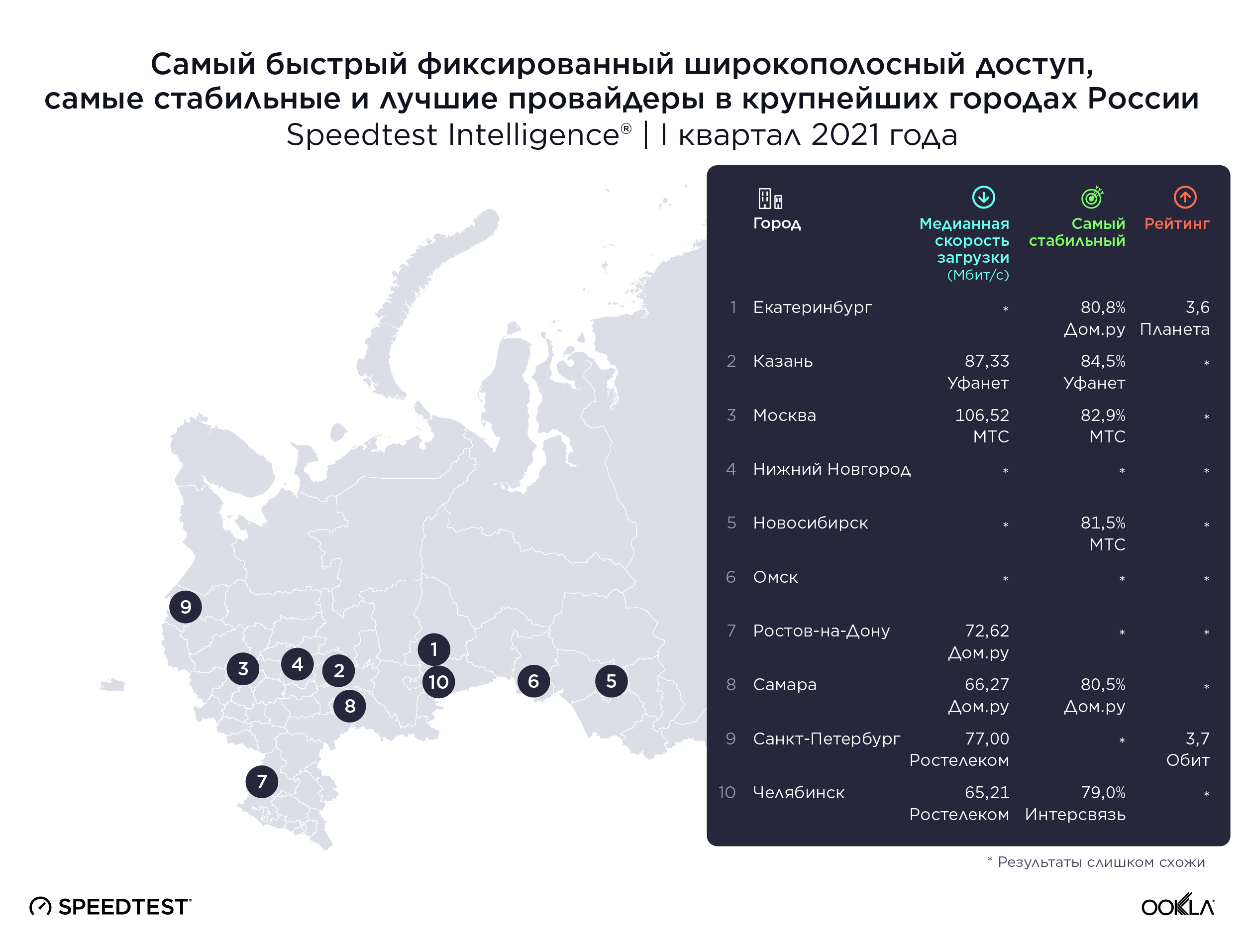
Провайдер с самым высоким показателем стабильности — процент выборок данных провайдера, отвечающих минимальной скорости загрузки 25 Мбит/с и минимальной скорости передачи 3 Мбит/с, также варьировался в крупнейших городах России. У МТС самый высокий показатель стабильности в Москве (82,9%) и Новосибирске (81,5%). Наивысший показатель стабильности «Дом.ру» был в Самаре (80,5%) и Екатеринбурге (80,8%). «Интерсвязь» лидирует по показателю стабильности в Челябинске (79,0%), в то время как «Уфанет» имеет самый высокий показатель стабильности в Казани (84,5%).
Мы также использовали данные о настроениях потребителей, чтобы проанализировать, как пользователи воспринимают своих интернет-провайдеров. Эти данные показывают, как потребители оценили операторов в каждом городе по пятибалльной шкале. В Санкт-Петербурге наивысший рейтинг получила компания «Обит» — 3,7 балла, а в Екатеринбурге «Планета» — 3,6 балла. В Челябинске, Москве, Новосибирске и Омске не было статистических победителей рейтингов, однако провайдеры с более высоким рейтингом были следующими: «Дом.ру» (3,3 балла) и «Интерсвязь» (3,2 балла) в Челябинске; МТС (3,4 балла) и WiFire (3,4 балла) в Москве; «Новотелеком» (3,3 балла) и SiberiaNet (3,3 балла) в Новосибирске; а также «Дом.ру» (3,0 балла) и «Омские кабельные сети» (3,0 балла) в Омске. Мы не представили данные рейтингов из Казани, Нижнего Новгорода, Ростова-на-Дону и Самары, поскольку в этих городах было слишком мало выборок.
Мы продолжим следить за показателями скорости фиксированного широкополосного доступа в Интернет в России и настроениями потребителей, чтобы увидеть, как скорость и удовлетворенность меняются с течением времени. Если вы хотите узнать больше о скорости Интернета в России и на других рынках по всему миру, нажмите [здесь] (/insights/blog/), чтобы получить больше информации от Ookla.

